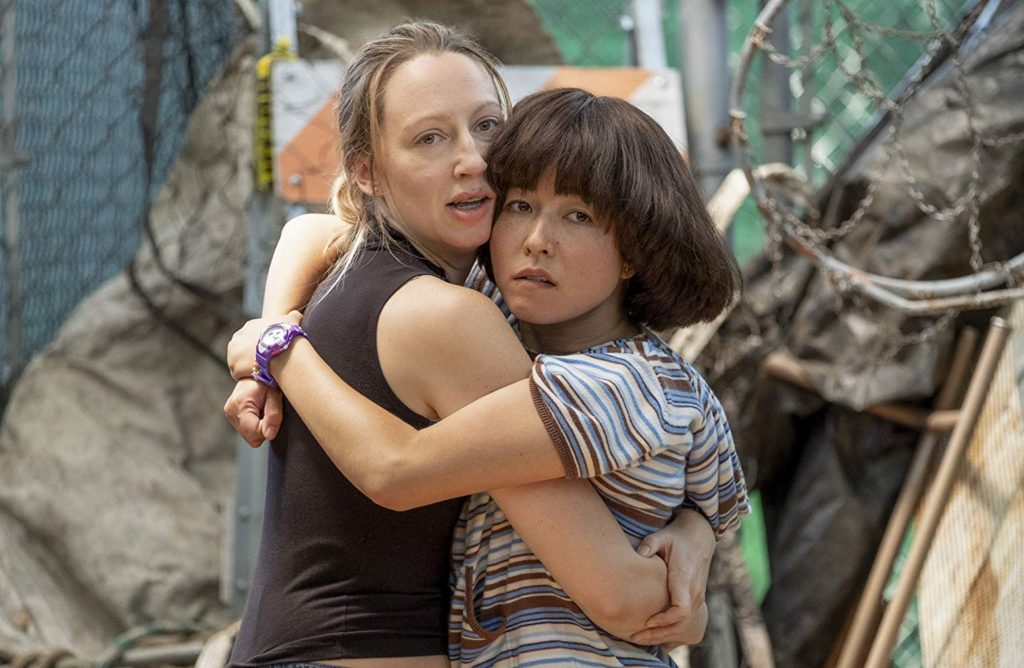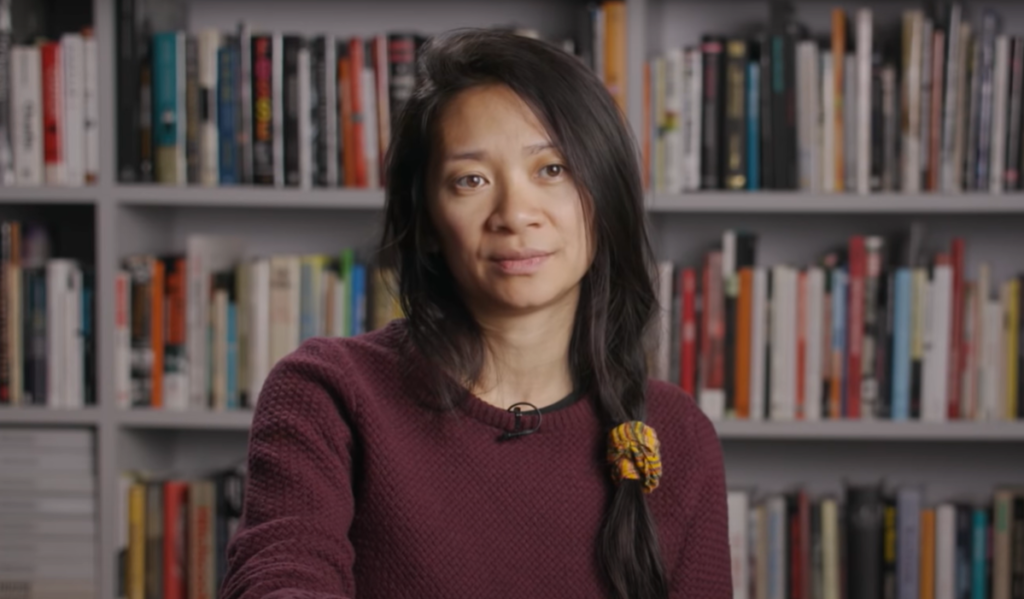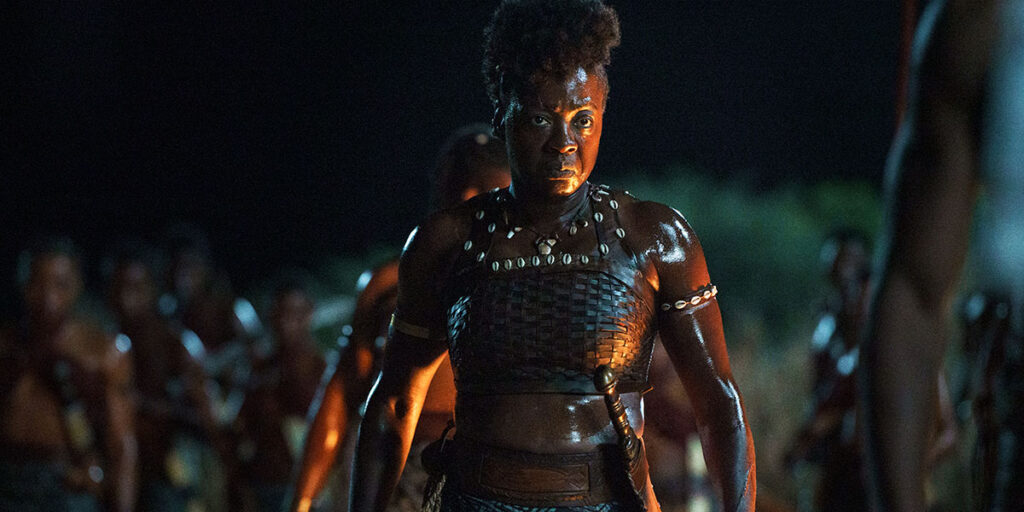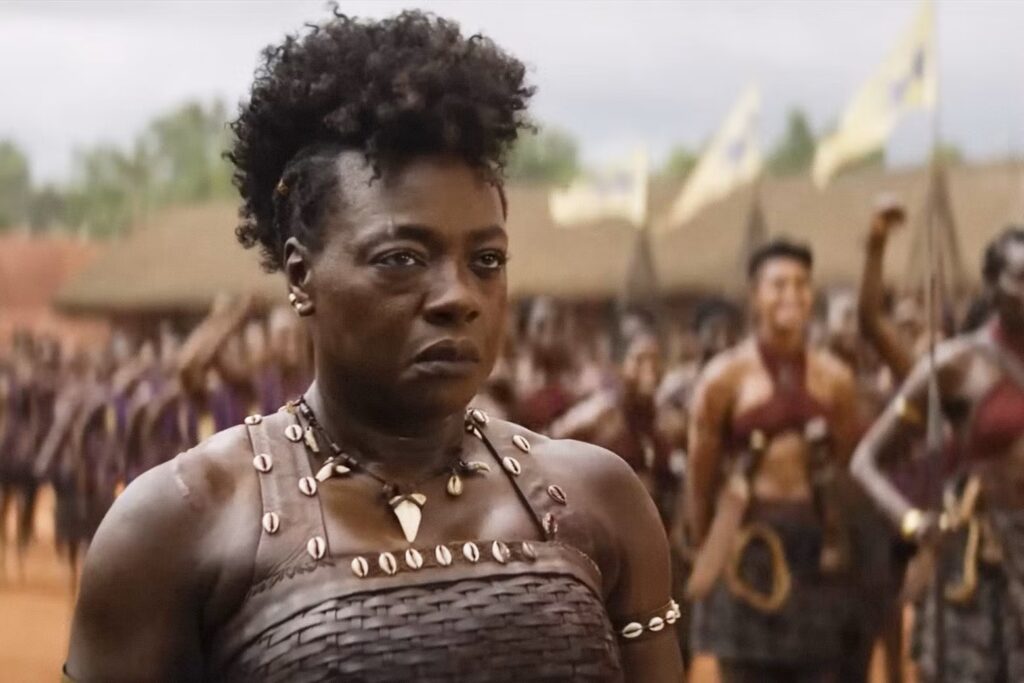Here’s some welcome news to kick off the fall TV season: the number of women on both sides of the camera increased during the 2018-19 season. The latest “Boxed In” report from Dr. Martha M. Lauzen and the Center for the Study of Women in Television & Film examined the dramas, comedies, and reality series that played on broadcast, cable, and streaming platforms during the most recent television season. Over 5,100 characters and more than 5,000 offscreen credits were analyzed.
The study found that females represented 45 percent of all speaking characters, a five-percent increase from 2017-18. The percentage of major female characters also grew from 40 percent in 2017-18 to 45 percent in 2018-19.
While it’s great that there are more women on-screen, it’s important to remember that the women in question are overwhelmingly white. Seventy percent of female characters in the last TV season were white. Meanwhile, 17 percent were black, seven percent were Asian, six percent were Latina, and one percent were of another race or ethnicity.
Offscreen, women comprised 31 percent of all TV creators, directors, writers, producers, EPs, editors, and directors of photography, topping the previous high of 28 percent in the 2016-17 season. Breaking it down by role, women accounted for 40 percent of producers, 35 percent of writers, 30 percent of EPs, 26 percent of directors, 25 percent of creators, 21 percent of editors, and five percent of DPs.
While Lauzen is celebrating the 2018-19 season’s progress, she’s careful to point out that — on the whole — women are still incredibly marginalized in TV. “It is heartening to see moderate but widespread gains for female characters and women working behind the scenes this year, but we need to consider the numbers within the larger context of women’s employment in television,” she stated in a press release. “In 2018-19, women comprised 26 percent of directors. This is a historic high, up from 17 percent in 2017-18. However, men continue to direct the vast majority of programs. In this context, ‘historic high’ still means that men outnumber women 3 to 1 in this role.”
Not only are women underrepresented, they’re often completely shut out of behind-the-scenes jobs. Ninety-six percent of the programs considered featured no women DPs. Seventy-nine percent had no women directors, 77 percent no women editors, and 77 percent no women creators. Only three percent of shows hired 14 women or more for key offscreen roles. In other words, things are moving in the right direction, but at an incredibly slow pace.
As other studies have also pointed out, when more women are hired behind the scenes, that frequently means a greater number of women in other significant roles, on camera and off. Lauzen found that programs created or executive produced by at least one woman often resulted in a larger female presence among speaking roles, major characters, and key offscreen jobs. On shows with one or more women creators, for instance, females accounted for 49 percent of major characters. Females were 43 percent of major characters on shows exclusively created by men.
“Employing women in these roles boosts women’s representation in other behind-the-scenes roles, and the numbers of female characters on screen,” Lauzen concluded. “For example, on programs with at least one woman creator, women accounted for 65 percent of writers versus 19 percent on programs with no women creators.”
Key findings from the latest “Boxed In” study are below. You can read the report in full here.
- Across platforms, the percentage of female characters in speaking roles increased from 40% in 2017-18 to 45% in 2018-19. By platform, females comprised 44% of characters on broadcast programs, 45% of characters on cable programs, and 45% of characters on streaming programs.
- Females comprised 45% of major characters on broadcast network, cable, and streaming programs.
- Overall, women accounted for 31% of individuals working in key behind-the-scenes positions.
- Women working as creators, directors, writers, executive producers, producers, editors, and directors of photography reached historic highs on broadcast programs (31%), and cable programs (31%). Women accounted for 30% of behind the-scenes individuals working on streaming programs.
- Overall, programs employed relatively low numbers of women behind the scenes. 52% of programs employed 5 or fewer women in the behind-the-scenes roles considered. In contrast, 17% of programs employed 5 or fewer men.
- 3% of programs employed 14 or more women in the behind-the-scenes roles considered. In contrast, 38% employed 14 or more men.
- Regarding race and ethnicity across platforms, 70% of female characters were White, 17% were Black, 7% were Asian, 6% were Latina, and 1% were of some other race of ethnicity. Latinas remain dramatically underrepresented when compared to their representation in the U.S. population.
- Overall, female characters were younger than males. The majority of female characters were in their 20s and 30s (56%), whereas the majority of male characters were in their 30s and 40s (59%).
- Across platforms, male characters remain more likely than females to be identified by their occupational status, and to be seen at work, actually working. 75% of male characters but 66% of females had identifiable occupations. Further, 56% of males but 44% of females were seen in their work environment, actually working.
- Across platforms, female characters were more likely than males to play personal life-oriented roles, such as wife and mother. In contrast, male characters were more likely than females to play work-oriented roles, such as business executive. For example, 53% of female characters and 39% of males were seen playing personal-life roles.
- The employment of women working in key behind-the-scenes positions on broadcast network programs inched upward, increasing from 27% in 2017-18 to 31% in 2018-19.
- Across platforms, women fared best as producers (40%), followed by writers (35%), executive producers (30%), directors (26%), creators (25%), editors (21%), and directors of photography (5%).
- Across platforms, startlingly high percentages of programs employed no women in the behind-the-scenes roles considered. 96% of the programs considered had no women directors of photography, 79% had no women directors, 77% had no women editors, and 77% had no women creators.
- In 2018-19, women accounted for 25% of creators, up from 22% in 2017-18.
- Across platforms, programs with at least 1 woman creator employed substantially greater percentages of women in other key behind-the-scenes roles and featured more female characters in major and speaking roles than programs with exclusively male creators. For example, on programs with at least 1 woman creator, women accounted for 65% of writers versus 19% on programs with no women creators.
- Across platforms, programs with at least 1 woman executive producer featured more female characters in speaking roles and major roles, and more women in other key behind-the-scenes positions, than programs with exclusively male executive producers. For example, on programs with at least 1 woman executive producer, women accounted for 38% of writers. On programs with exclusively male executive producers, women comprised 12% of writers.







